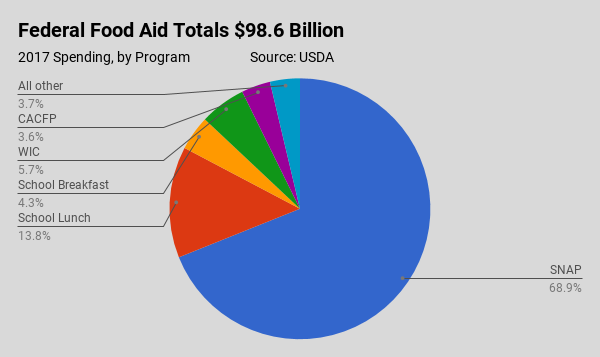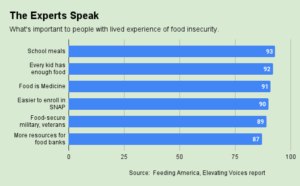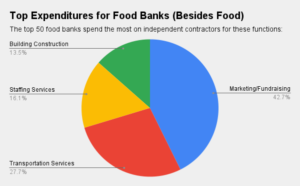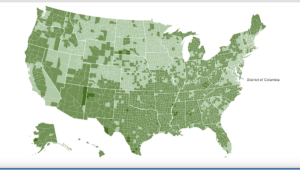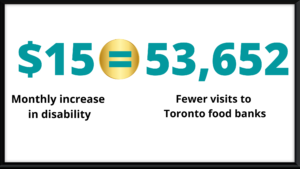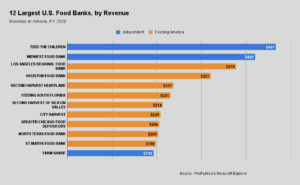If you’re looking for a nice round number to describe the amount of money the federal government spends to help people get food, then $100 billion would do the trick. The USDA spent more than $98 billion in 2017 on 15 domestic food and nutrition assistance programs, down from nearly $102 billion in 2016. As the economy recovers enough to start to positively affect the lives of even lower wage workers, total food assistance spending has trended downward in recent years, from a high of $109.2 billion set in 2013.
The original food stamp program, born in the 1930s when agricultural abundance met up against the deprivations of the Great Depression, now goes by the zippy name of SNAP and forms the cornerstone of the government’s efforts. Accounting for more than two-thirds of the USDA’s spending on food aid, the Supplemental Nutrition Assistance Program is the headliner among a full set of federal food programs, each with its own specific purpose and focus.
Under the category of Child Nutrition are a number of programs that revolve around the rhythm of the school schedule: the National School Lunch Program, the School Breakfast Program and the Summer Food Service Program. Also falling into this group is a program for pre-schoolers who attend day-care centers. Over time, this day-care-focused effort was expanded to include handicapped and elderly adults at day-care centers, morphing it into the Child and Adult Care Food Program.
Children at the earliest stages of life are also addressed. The Special Supplemental Nutrition Program for Women Infants and Children, commonly known as WIC, assists women who are pregnant, breastfeeding, or have just given birth, as well as infants and children up to five years old. Focusing on the other extreme of life is the Commodity Supplemental Food Program, which is exclusively for adults 60 years or older. Finally, The Emergency Food Assistance Program works through food banks to distribute agricultural over-supply to needy people on a state by state basis, especially in times of economic recession or natural disaster.
